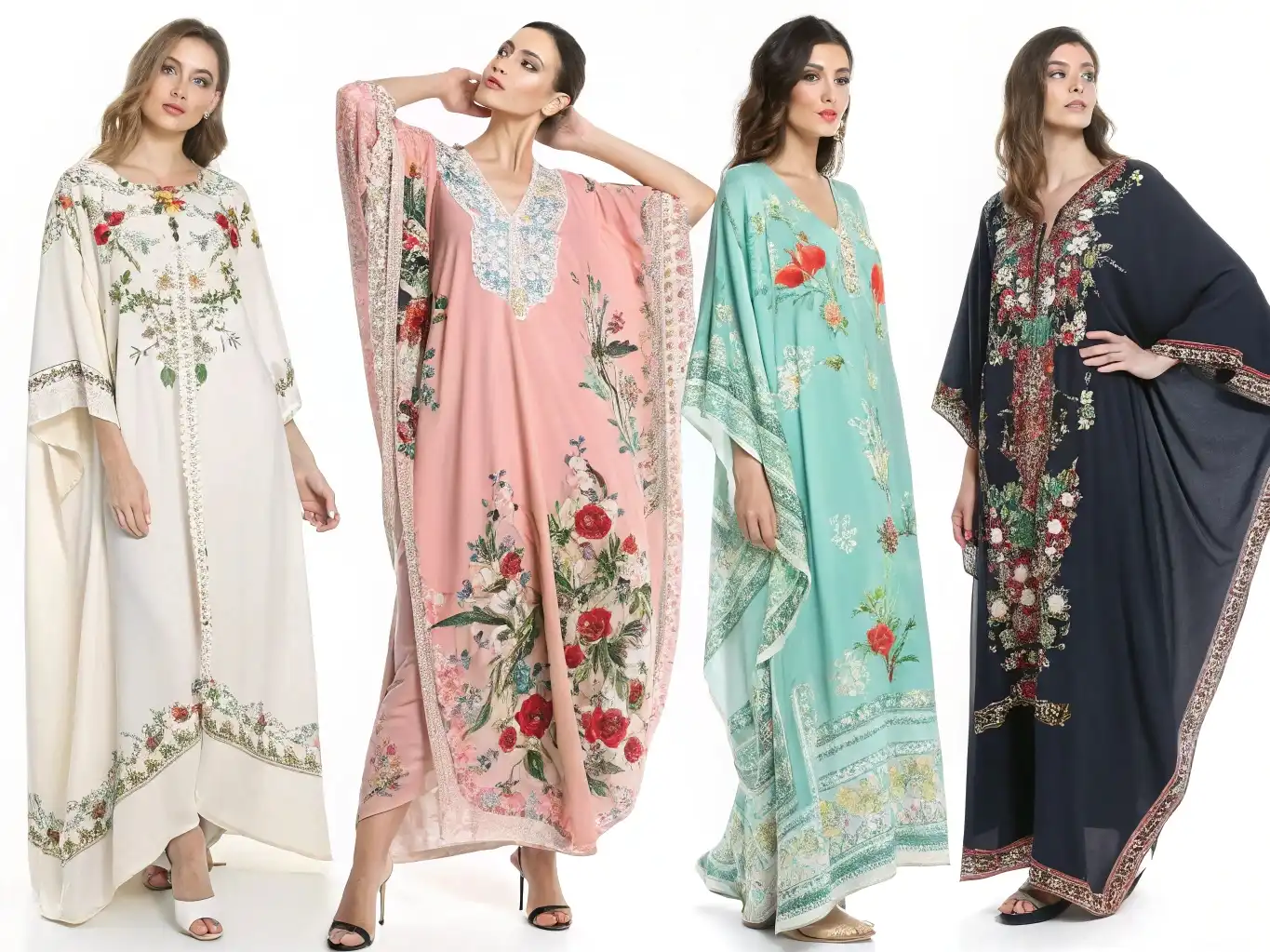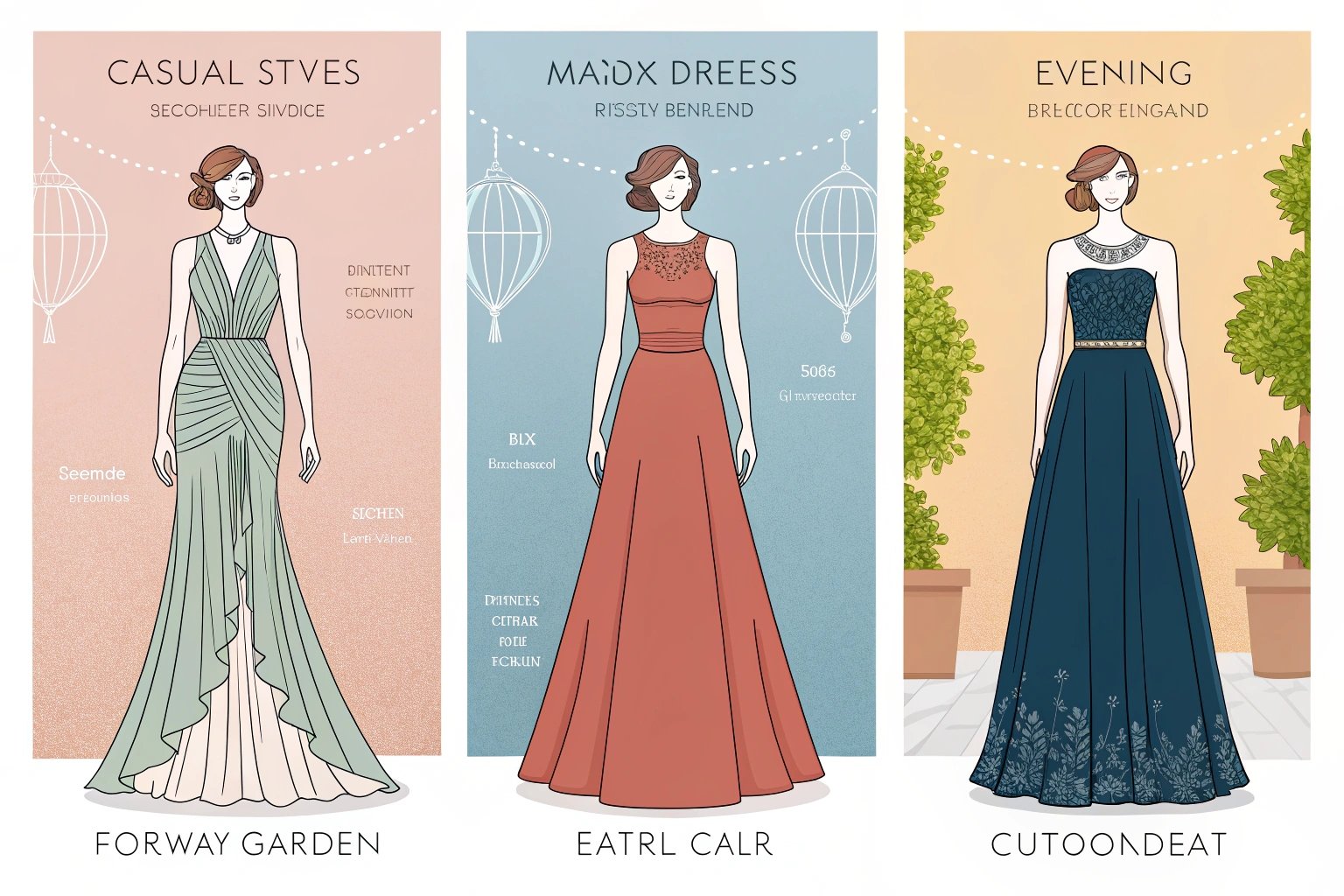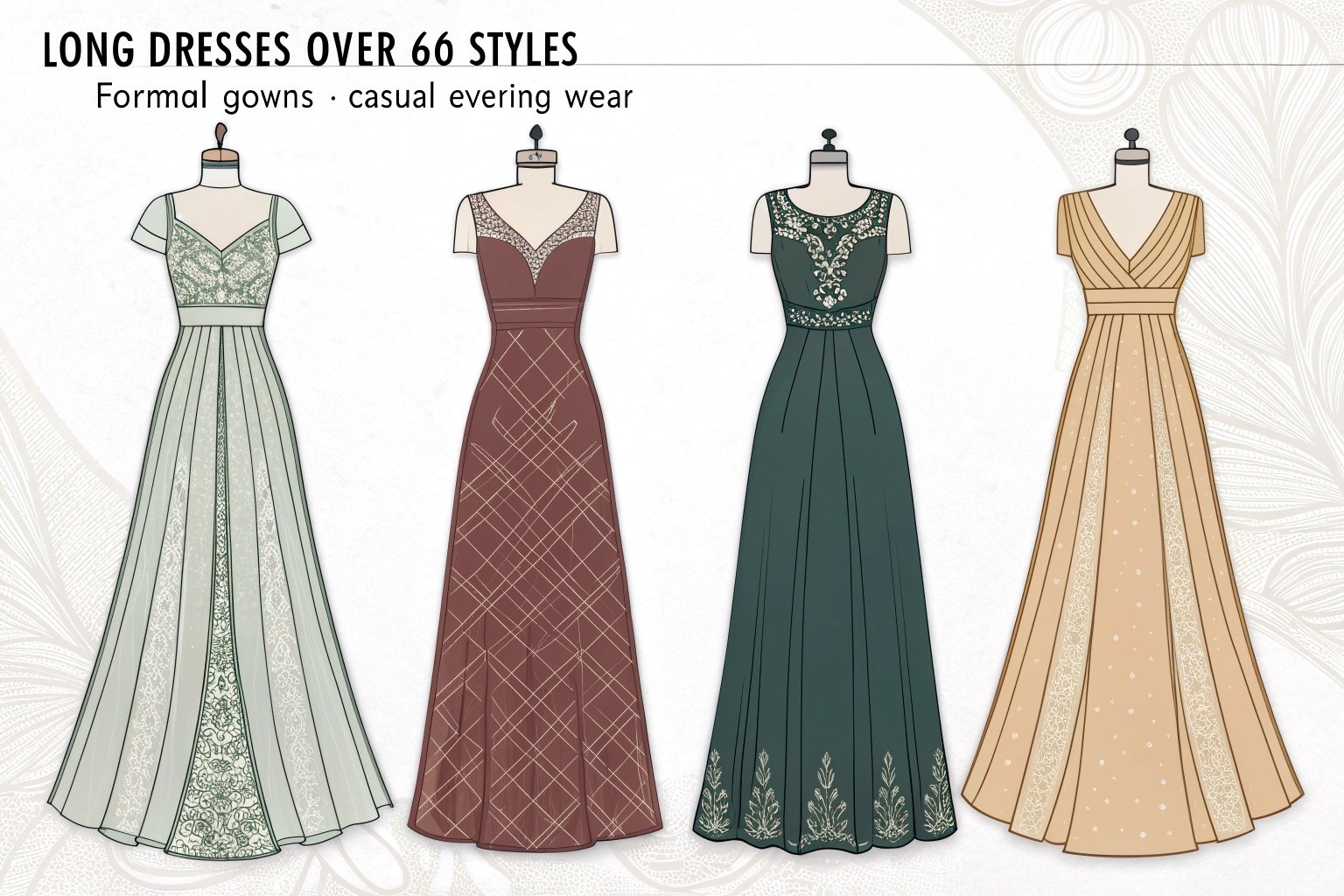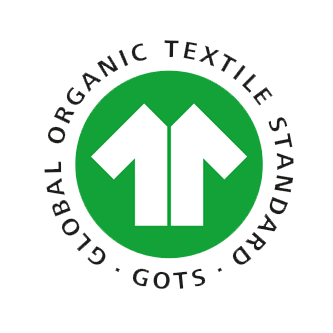Bohemian style is everywhere—flowy fabrics, ethnic prints, earthy tones. But behind its popularity lies a complex, nomadic history. At Xzapparel, where we frequently manufacture boho-inspired garments for boutique clients, we’ve seen firsthand how the origins of bohemian fashion still influence today’s designs.
Bohemian clothing originally comes from Central Europe, especially the Bohemia region of the Czech Republic, and evolved through French counterculture in the 19th century before becoming a global fashion expression.
Let’s trace its historical roots and cultural shifts.
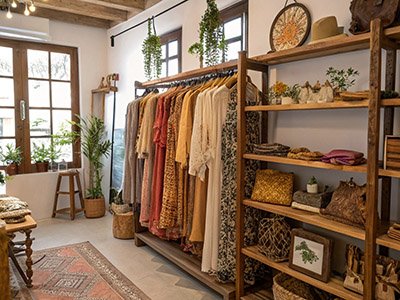
What is the historical origin of bohemian fashion?
It starts in Europe.
The term “bohemian” originally referred to Romani people believed to have migrated from Bohemia. Later, it came to describe artists and intellectuals in 19th-century France who lived unconventionally.
Historical Timeline
- 15th–18th Century: Nomadic Romani people bring layered, vibrant dress from India through Europe
- 1830s Paris: Artists, writers, and musicians embrace anti-bourgeois fashion
- 1920s–30s: Boho influences pop up in fringe, embroidery, and relaxed cuts
- 1960s–70s: The hippie movement reclaims the aesthetic
- 2000s–now: Modern boho becomes commercial through brands and festivals
At its core, boho fashion is about freedom, individuality, and a connection to artisanal roots.
What defines bohemian clothing aesthetics today?
It’s more than just prints.
Modern boho style blends vintage silhouettes, natural fabrics, handcrafted elements, and global textile influences.
Key Style Elements
- Flowy maxi dresses and skirts
- Embroidery and patchwork
- Earth tones: mustard, rust, olive
- Layered accessories (fringe bags, beaded necklaces)
- Natural fibers like cotton, linen, and viscose
We frequently produce rayon crepe dresses, eyelet cotton blouses, and tiered skirts for boho-style brands.

What cultural influences shape boho fashion?
Bohemian fashion is multicultural.
Its influences span continents, from Indian block prints to Moroccan trims, Mexican embroidery, and Native American fringe.
Cultural Reference Map
| Region | Influence | Common Garments |
|---|---|---|
| India | Block print, paisley | Tunics, tiered skirts |
| Morocco | Tassels, trims | Kaftans, maxi dresses |
| Mexico | Embroidered florals | Blouses, wrap skirts |
| Eastern Europe | Folk patterns, crochet | Shawls, apron skirts |
| North America | Suede fringe, earthy colorways | Fringe jackets, flared pants |
We incorporate artisanal motifs into scalable production runs for modern wearability.
What fabrics and construction details define bohemian clothing?
Breathability and flow.
Boho garments are built from soft, drapey, tactile fabrics with movement—often with handmade or raw details.
Common Fabrics
- Rayon challis
- Cotton voile
- Viscose twill
- Linen blends
Key Construction Details
- Elasticated smocking
- Tiered skirt panels
- Hand-sewn embroidery
- Wooden or shell buttons
At Xzapparel, we often use rotary prints and enzyme-washed finishes to soften color and texture.
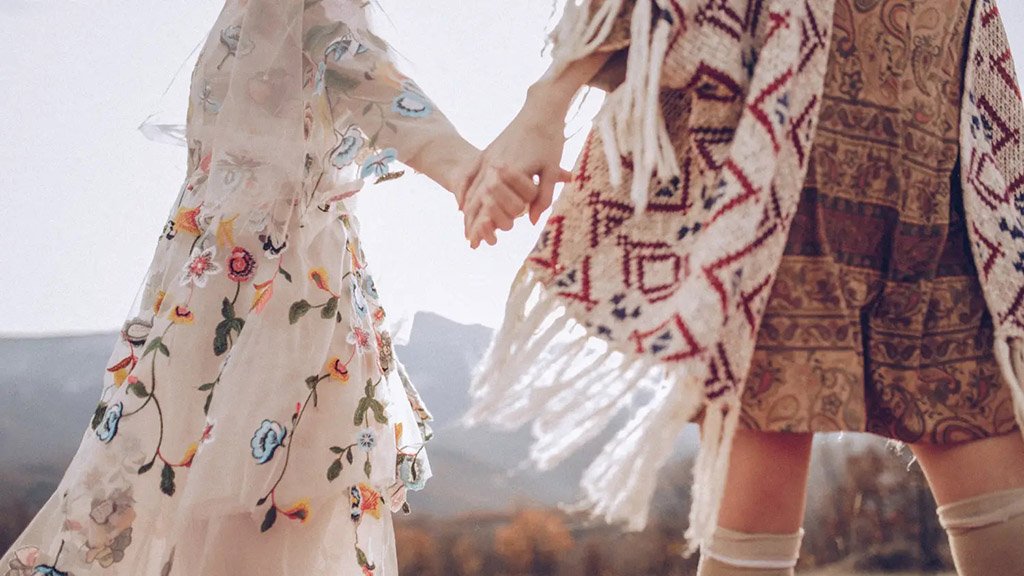
How has boho fashion evolved in modern retail?
It went from indie to mainstream.
The 2000s saw boho revived by celebrities and retail giants, especially after the rise of festival fashion.
Boho in Retail
| Era | Boho Expression | Example Brands |
|---|---|---|
| 2005–10 | Peasant tops, maxi skirts | Free People, Urban Outfitters |
| 2010–18 | Festival looks, crochet, fringe | Spell, Anthropologie |
| 2019–24 | Cottagecore blends, sustainability | Christy Dawn, Doen |
Despite trends, boho remains consistent in its embrace of artisan detail and relaxed silhouettes.
What types of brands use boho suppliers?
From indie boutiques to global lines.
Brands that target conscious consumers, free-spirited aesthetics, or natural lifestyles often seek boho manufacturers.
Buyer Profiles We Work With
- Australian resort brands
- US indie boutiques
- European lifestyle labels
- Ethical capsule collections
Boho styles also dominate dropshipping and small-batch collections due to flexible MOQs and trend overlap.

What production challenges are unique to boho?
Detail-heavy designs.
Artisan features like embroidery, trim insertion, or multi-panel tiers require precision, slower stitching, and fabric flexibility.
Common Challenges
- Color matching across dye lots
- Maintaining tier volume without excess bulk
- Print placement on irregular silhouettes
- Hand-feel softness across different suppliers
Our in-house QC team uses garment-specific checkpoints for every boho order.
Conclusion
Bohemian clothing began as cultural expression and evolved into a modern lifestyle aesthetic. Its journey from Romani roots to Parisian salons and global runways tells a story of movement, freedom, and identity. At Xzapparel, we’re proud to bring this aesthetic to life for trend-forward, globally minded brands.
Want to build a capsule collection with artisan roots and retail-ready quality? Let’s create your next boho bestseller.


